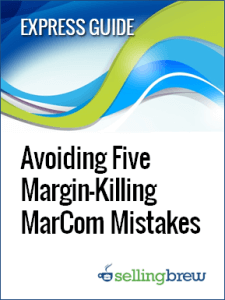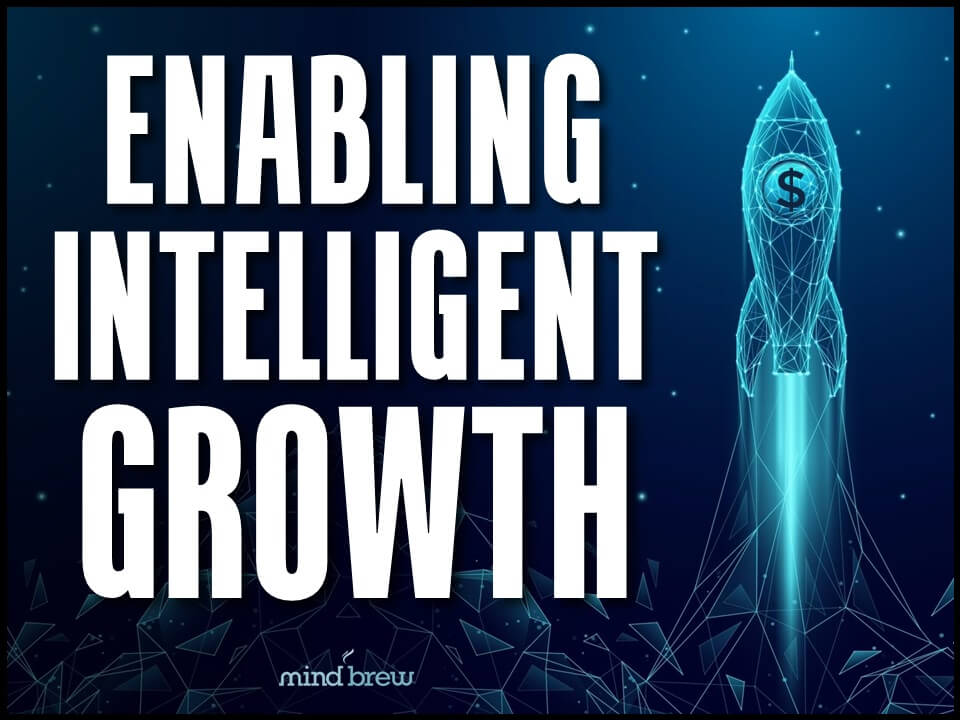Steve Jobs once said, “Deciding what not to do is as important as deciding what to do.” That advice is particularly important for B2B firms working on crafting their sales strategy.
Why?
Because the number one sales strategy mistake is failing to identify which prospects to avoid.
It’s not enough just to tell your salespeople which prospects to go after. You also need to tell them which potential customers are a waste of time and effort.
Too many B2B firms fail to take the time necessary to narrow down their prospecting criteria the way that they should. When you ask them who their target customers are, they have a broad answer like “Fortune 1000 companies” or “small businesses in the tri-state area” or “distributors in North America.”
The problem is that these broad targets include a whole lot of companies that aren’t the best fit for your products and services. Many of them may belong to segments that are highly desirable to your competitors. And that means your chances of winning the business are lower than usual. And even if you do win, you’ll face a lot of margin pressure, buying cycles will be longer, and hassles will abound.
A much better approach is to find your niche—the customers whose needs you can meet in ways that no one else can. When you identify that special group of companies, the sales process suddenly becomes much easier. Instead of begging people to buy your products and offering them steep discounts and promising to give them your firstborn sons, you will find that customers are eager to buy because you are giving them something that no one else can offer. That makes the sales process much faster, less stressful, and more profitable.
Salespeople are naturally optimistic—they have to be if they are going to keep their sanity in a job where people tell them “no” almost every day. But because of that optimism, sales reps like to think that they can win any piece of business. Maybe some of them can. But sometimes landing a particular deal just isn’t worth the effort or the reduced margins involved. Your salespeople need you to point them in the right direction—away from the prospects where you aren’t competitive and towards the prospects where you have the best chances of securing a win.
Of course, the process of identifying those good prospects isn’t easy. You might have to go through some trial and error before you get it right. But we have some resources to help you along the way. Watch the webinar Anatomy of a Competition-Crushing Sales Strategy. It discusses targeting in more detail, as well as delving into the other critical areas of sales strategy. You should also read the tutorial Targeting Your Most Profitable Prospects. It walks you through a six-step process that will help you narrow your prospect definition and find those potential customers that are the best fit for your company.
Once you have identified your true target market, give your sales team permission (or a directive, if necessary) to avoid prospects that aren’t part of your target. Remind them that, in the long run, sticking to the strategy will be the most profitable for the company—and for them.
Anatomy of a Competition-Crushing Sales Strategy

The better your sales strategy, the easier it is for your sales team to achieve their objectives. But sales strategy is often misunderstood. In this on-demand training session, learn how leading sales operations are improving their sales strategies to win more business, while actually competing less.












